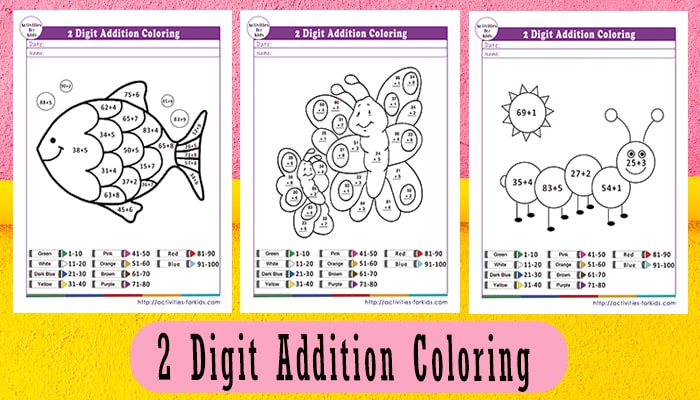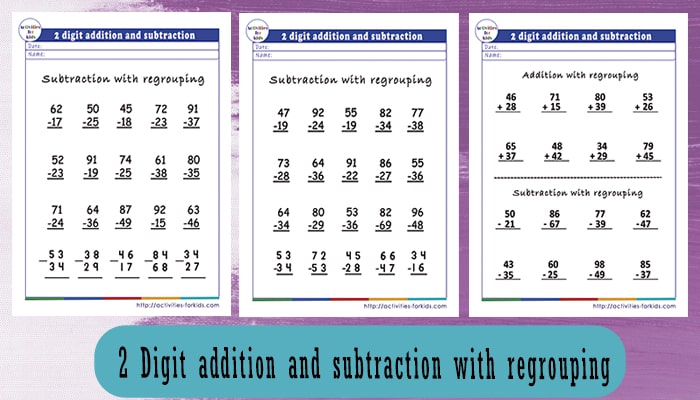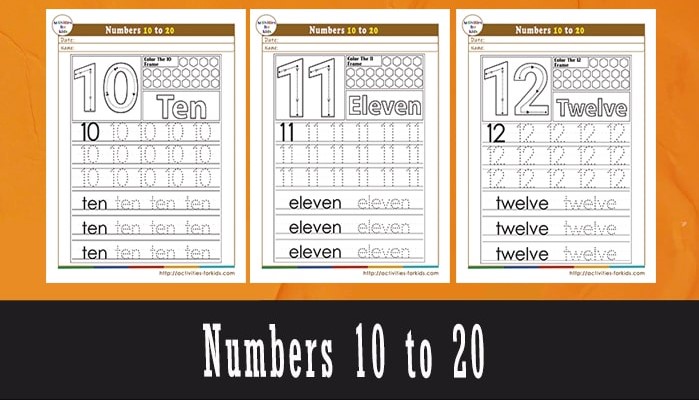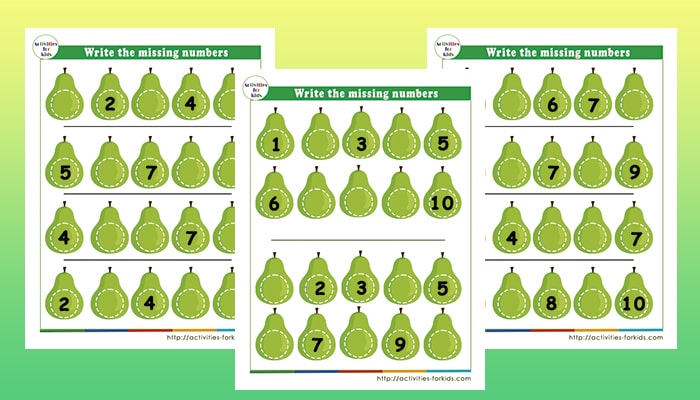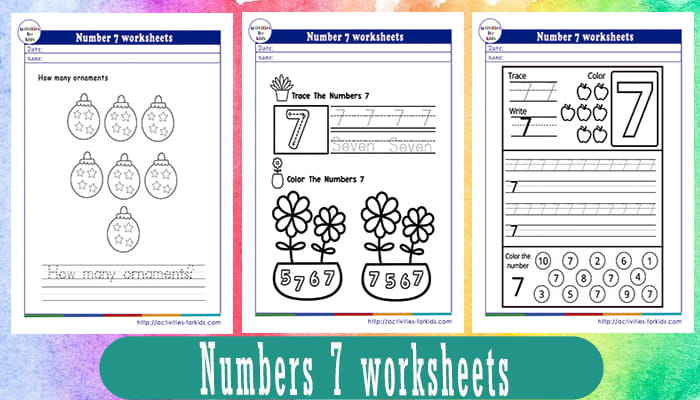Learning mathematics is a crucial stage in children’s development, as this science provides fundamental tools for understanding the world around them and fosters analytical and problem-solving skills. However, some children may find mathematics overwhelming or boring if it is not presented to them in the right way. That is why in this article we will explore effective strategies for teaching math in a fun and stimulating way, motivating little ones to embrace this discipline and overcome any difficulties they may encounter.
Number 1-10 worksheets for kindergarten
The Importance of Mathematics Learning for Children.
Learning mathematics in childhood brings a number of significant benefits.
- Development of Analytical Thinking: Through mathematics, children learn to analyze and understand different situations, identify patterns and relationships, and reach logical conclusions based on evidence.
- Everyday Skills: Mathematics is essential in everyday life, as children will need to handle numerical concepts in situations such as shopping, financial calculations, among others.
- Brain Stimulation: Learning mathematics exercises the brain, which contributes to a more complete cognitive development and the development of mental skills.
- Understanding Nature: Mathematics allows children to understand and analyze natural phenomena, seeing beyond the obvious and exploring scientific concepts.
- Problem Solving: Mathematics provides tools for approaching problems from different perspectives and finding effective solutions.
- Relationship to Other Disciplines: Mathematics is interconnected with many other areas of knowledge, such as music, geography, technology and more, which fosters a comprehensive enrichment of learning.
Fun Strategies for Teaching Mathematics
To teach mathematics in a fun and engaging way, parents and educators can use a variety of strategies tailored to each child’s learning style:
A. Learning by Seeing: Conduct visual activities such as a «number safari,» where children find and name numbers in their environment.
B. Connect the Dots: Use coloring books that include «connect the dots» exercises for children to learn the number sequence.
C. Learning with Movement: Organize activities where children count and organize objects, such as silverware, socks, or toys, developing math and sorting skills.
D. Pattern Play: Play with colored patterns or shapes to teach children about sequencing and symmetry.
E. Home Adventure: Conduct scavenger hunt activities at home, such as finding geometric shapes or figures in household objects.
F. Interactive Games: Use board games or educational apps that present math concepts in an entertaining way.
G. Experiment with Cooking: Cooking is an excellent opportunity to learn mathematics by measuring ingredients and making adjustments to recipes.
H. Support with Songs and Rhymes: Use songs and rhymes that include math concepts to facilitate memorization and learning.
Teaching mathematics in a fun and stimulating way is essential for children to develop a positive approach to mathematics and be motivated to learn. By using creative and child-friendly strategies, parents and educators can spark curiosity and interest in mathematics, allowing children to acquire analytical and problem-solving skills that will be valuable in their academic development and everyday life.








